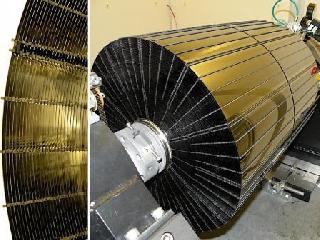
NASA's Nuclear Spectroscopic Telescope Array, or NuSTAR, has a complex set of mirrors, or optics, that will help it see high-energy X-ray light in greater detail than ever before. Photo: NASA/JPL-Caltech
WASHINGTON (AFP): The US space agency said it is preparing to launch next month a sophisticated orbiting telescope that will use high energy X-ray vision to hunt for black holes in the universe.
The project aims to study the "hottest, densest and most energetic phenomena in the universe, like for example black holes and the explosions of massive stars," said Fiona Harrison, principal investigator for the Nuclear Spectroscopic Telescope Array (NuSTAR).
The launch is scheduled for June 13 from Kwajalein Atoll in the Marshall Islands.
"NuSTAR will open a whole new window on the universe," said Harrison, who is a professor at the California Institute of Technology in Pasadena.
It will be the "first telescope to focus high energy X-rays. As such it will make images that are 10 times crisper and 100 times more sensitive than any telescope that has operated in this region of the spectrum."
The observatory is designed to launch on a rocket from underneath the belly of an aircraft. Both the Pegasus XL rocket and the L-1011 Stargazer aircraft are made by Orbital Sciences Corporation.
A flight readiness review is set for June 1, and if all goes well the Stargazer will fly from Vandenberg Air Force Base in central California to Kwajalein June 5-6 for the launch about a week later.
The mission aims to work in concert with other telescopes in space, including NASA's Chandra X-ray Observatory, which observes lower-energy X-rays, NASA said.
NuSTAR is more potent than its predecessors because of the way it focuses high-energy X-ray light by using nested shells of mirrors to prevent the light from reflecting off.
With 133 nested mirrors in each of two optical units, the telescope also uses state-of-the-art detectors and a long mast that connects the optical units to the detectors and allows enough distance for a sharp focus.
The 10-metre mast will launch in a folded-up position but will extend about a week after launch, bringing it to about the length of a school bus.
"It used to be thought that black holes were rare and exotic -- that was just 20 years ago," Harrison told reporters.
"Today we know that every massive galaxy, like our Milky Way, has a massive black hole at its heart."
The new observatory aims to give a better view of the workings of a black hole, since the dust and gas that gets sucked into the gravity of a black hole becomes quite hot from speed and friction created as it circulates around the edge.
 Next Article
Next Article
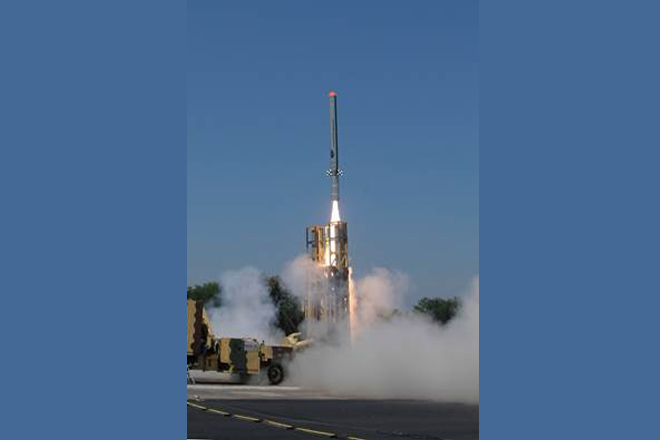
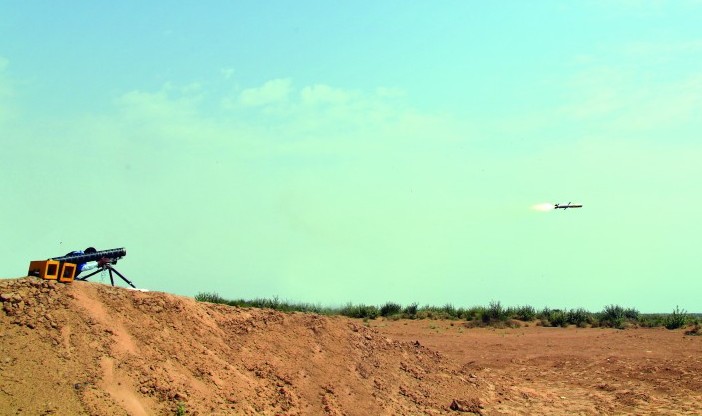
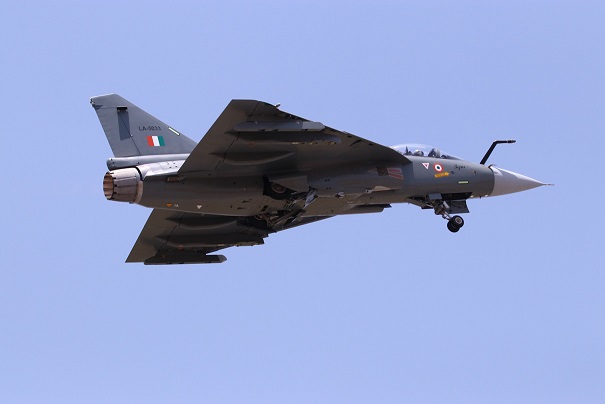
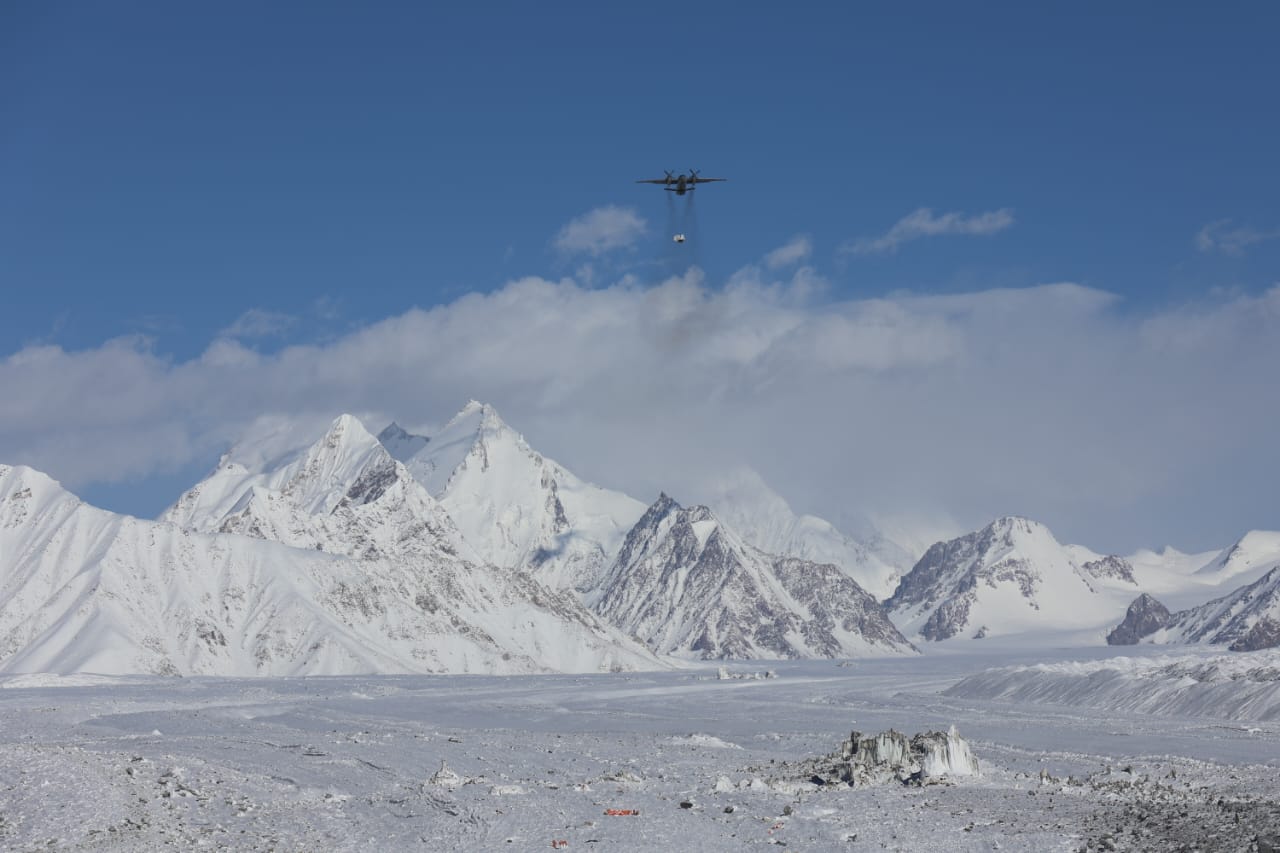

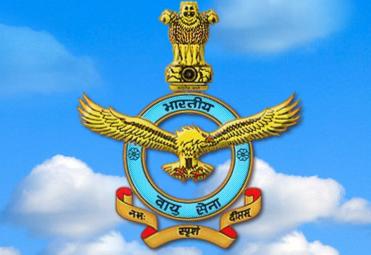







The Indian Air Force, in its flight trials evaluation report submitted before the Defence Ministry l..
view articleAn insight into the Medium Multi-Role Combat Aircraft competition...
view articleSky enthusiasts can now spot the International Space Station (ISS) commanded by Indian-American astr..
view article